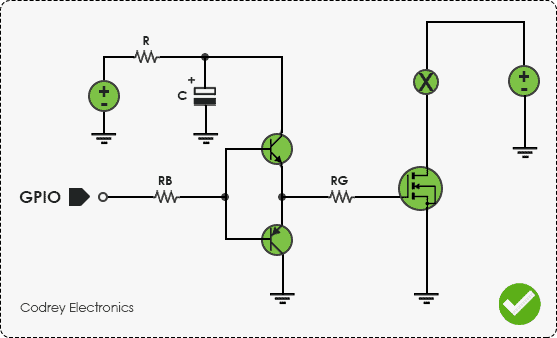

The Schottky transistor used in this type of TTL is nothing more than a bipolar transistor, the base, and collector of which are connected by a Schottky diode. The circuit design is very similar to high-power TTL. The power dissipation is the same for both TTLs and there is no additional power consumption. The speed offered by this type of TTL is twice that of high-power TTL. It is used in various applications in a combination with speed and dissipation. These are used as glue logic, which can connect more complex devices in digital systems. This is the first TTL IC developed in the year 1965 to perform basic logic functions. The most important feature of the TTL device is that the inputs of the gate will be logic high (1) if they are not connected. Transistor-transistor logic (TTL) is an integrated circuit that performs a logic function to provide a switching function by using bipolar transistors. What is Transistor-Transistor Logic Or TTL? This article gives a brief description of the internal structure and working of a transistor-transistor logic circuit with a 2-input NAND gate function. It is widely used in various applications such as electronic devices, computer control systems, industrial controlling systems, the design and fabrication of integrated circuits, and many more. It belongs to the digital logic family and is designed with bipolar transistors, resistors, and diodes. The concept of TTL was developed to achieve high speed, low power dissipation that allows optimization of the design.

The circled transistor is on.In 1963, Sylvania as Sylvania Universal High-Level Logic (SUHL) introduced the first Transistor- Transistor Logic circuits. The high input case (logic 1) is trivial - the left "diode" is off and the current is diverted (steered) entirely through the right "diode" string. As a result, the base current of the input transistor is diverted ("steered") through the lower output part of the previous stage to ground and the circled transistor is off. The right diode is the string of three "diodes" in series: the base-collector junction of the input transistor, the base-emitter junction of the circled transistor and the base-emitter junction of Q2. The left diode is the base-emitter junction of the input transistor. Thus, at low input voltage (logical 0), there are two "diodes" in parallel. The base-emitter junctions of the circled transistor and the output transistor Q2 can be also considered as "diodes".


The input transistor can be presented as two "diodes" ( base-emitter and base-collector junctions) with common anodes (the base). The input part of the TTL logic gate above can be easily explained at low input voltage (logic 0) by the phenomenon of current steering, the essence of which is: If we connect two diodes with different forward voltages in parallel, the current will flow through the diode with lower forward voltage.


 0 kommentar(er)
0 kommentar(er)
